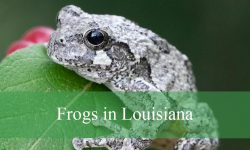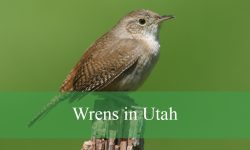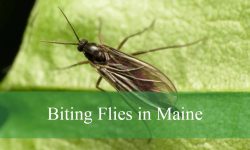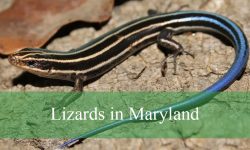Georgia is alive with the rapid hum of tiny wings, and few sights are as mesmerizing as spotting a hummingbird darting between flowers. From the vibrant Ruby-throated to the rare Broad-billed, these birds bring flashes of color and energy to gardens, parks, and woodland edges.
Watching them close up is an unforgettable experience. Each species has its own unique markings, flight patterns, and behaviors, making identification both a challenge and a joy. Whether you’re in the heart of Atlanta or exploring northern forests, hummingbirds add a magical spark to any outing.
Spring and summer are the best times to see these aerial acrobats. By setting up feeders or visiting flower-rich areas, you can observe their feeding rituals, territorial displays, and the sheer agility that makes them one of nature’s most fascinating creatures.
Types of Hummingbirds Found in Georgia
Ruby-throated Hummingbird
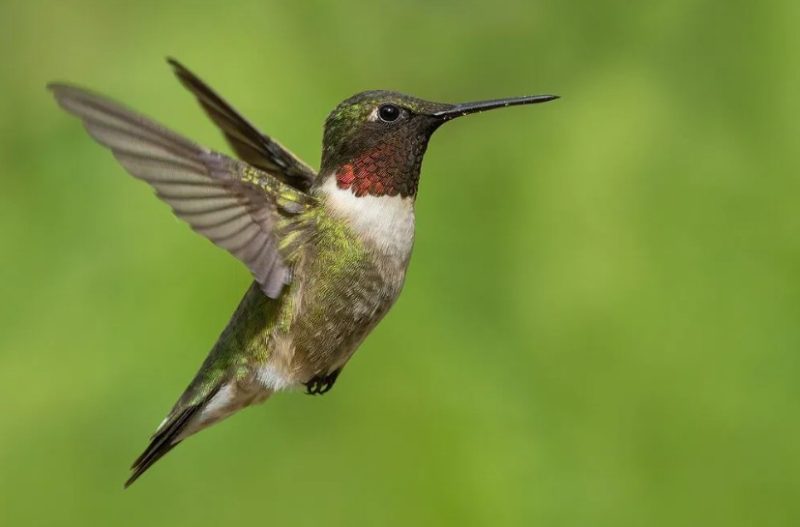
The Ruby-throated Hummingbird is the most common hummingbird in Georgia, easily recognizable by its vibrant red throat in males, contrasted with a green back and white underparts. Females lack the red throat but display a subtle green crown and back, making them more camouflaged in foliage. Their slender, slightly curved bill is perfect for reaching deep into flowers.
Adults measure around 3 to 3.5 inches in length with a wingspan of 3.1 to 4.3 inches and weigh only 2 to 6 grams. Their rapid wingbeat, approximately 53 beats per second, produces the characteristic humming sound that gives them their name. They are agile fliers capable of hovering midair and flying backward with precision.
Ruby-throated Hummingbirds primarily feed on nectar from native flowers, garden feeders, and occasionally small insects and spiders for protein. They prefer open woodlands, gardens, and forest edges, often migrating between the eastern United States and Central America. During migration, some individuals cross the Gulf of Mexico in a single nonstop flight, showcasing remarkable endurance.
Fun fact: Male Ruby-throated Hummingbirds are highly territorial, often aggressively chasing intruders away from their feeding areas. Observing them in Georgia’s gardens in spring and summer offers a vibrant display of their iridescent feathers and energetic flight patterns.
Rufous Hummingbird
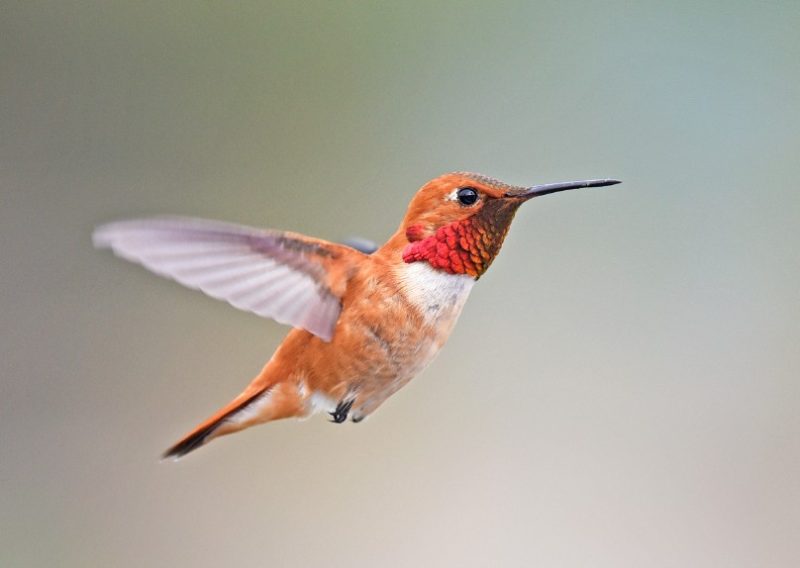
Rufous Hummingbirds are small but striking birds with brilliant orange-red plumage along the back and sides, while males boast a fiery red throat. Females are less vibrant, featuring green backs with orange tinges and a white chest. Their slightly decurved bills allow them to access a variety of flowers efficiently.
This species is slightly smaller than the Ruby-throated, measuring 3 to 3.5 inches in length with a wingspan of about 4 inches and weighing around 3 to 4 grams. Their rapid wingbeats give them a buzzing sound, and they are extremely agile, performing quick darting flights and hovering effortlessly near flowers.
Rufous Hummingbirds are highly migratory, traveling from the northwestern U.S. and Canada to Mexico for winter. In Georgia, they are rare visitors, usually spotted during spring or fall migration. They feed on nectar from tubular flowers, sap wells created by woodpeckers, and tiny insects to supplement their diet.
Fun fact: Despite their small size, Rufous Hummingbirds are incredibly aggressive, often displacing larger hummingbirds from feeders or flower patches. Spotting one in Georgia is considered a special treat for birdwatchers due to its rarity.
Black-chinned Hummingbird
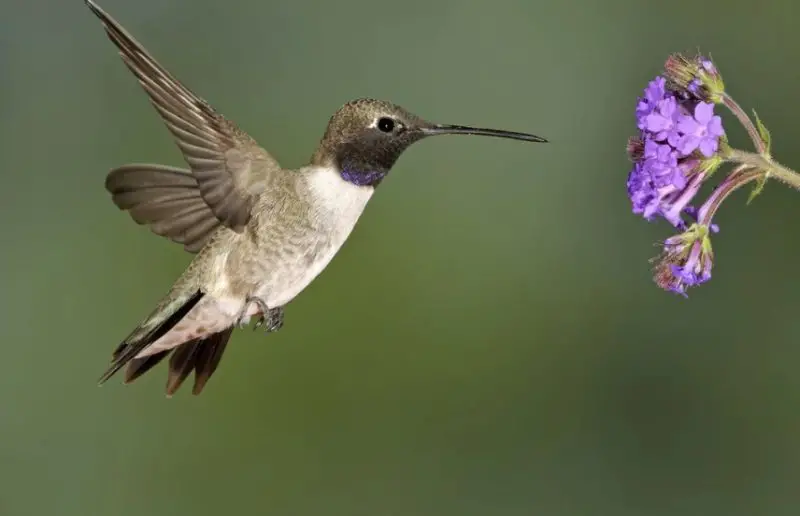
Black-chinned Hummingbirds are small, iridescent birds with males displaying a black throat bordered by a subtle purple band, while females have a more muted gray throat and green back. Their straight, slender bill is perfectly adapted for extracting nectar from flowers of various shapes.
They measure about 3 to 3.5 inches in length with a wingspan of 4 inches and weigh roughly 3 to 4 grams. Known for their acrobatic flight, these hummingbirds can hover for long periods and dart quickly between flowers and feeding stations. Their flight is accompanied by a rapid, high-pitched hum.
Though primarily found in the western U.S., Black-chinned Hummingbirds occasionally appear in Georgia during migration. They favor arid and semi-open habitats with flowering shrubs and trees, feeding on nectar, tree sap, and small insects. In urban areas, they are known to readily visit hummingbird feeders.
Fun fact: Male Black-chinned Hummingbirds perform intricate dive displays to attract females, producing a distinctive buzzing sound with their tail feathers. Seeing this display in the wild, even in Georgia during rare sightings, is a fascinating glimpse into their courtship behavior.
Calliope Hummingbird
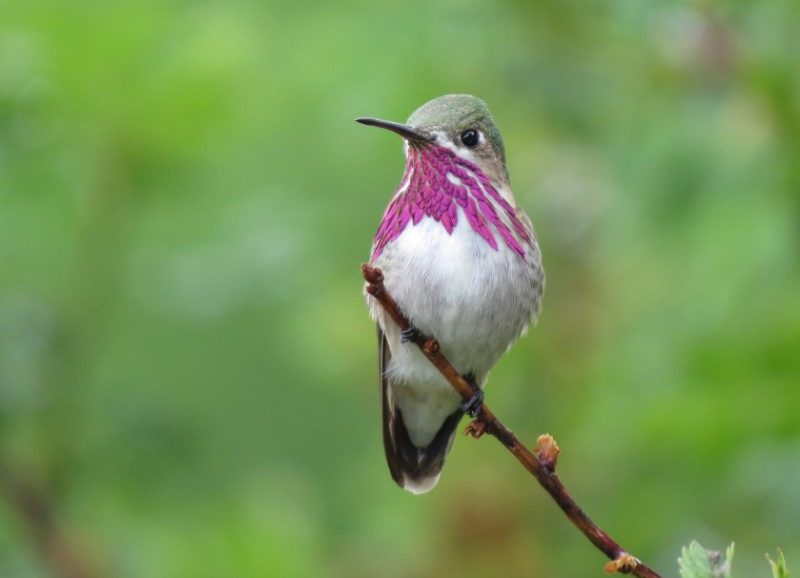
Calliope Hummingbirds are the tiniest in North America, with males featuring a striking magenta throat streak contrasted by green upperparts. Females are less colorful, with green backs and pale underparts, allowing them to blend into their surroundings. Their short, slender bill is ideal for accessing nectar from small flowers.
They typically measure 3 to 3.25 inches long, with a wingspan of about 4 inches and a weight of only 2 to 3 grams. Their flight is rapid and agile, capable of hovering with remarkable precision. Despite their diminutive size, they exhibit boldness in defending feeding territories against larger hummingbirds.
Calliope Hummingbirds breed in the northwestern United States and western Canada but migrate through the eastern U.S., making them rare visitors in Georgia. They feed primarily on nectar, supplemented by tiny insects and spiders for protein. They are often spotted at feeders or flowering plants during migration periods in spring and fall.
Fun fact: Calliope Hummingbirds can store enough energy to double their body weight in nectar before migration. Observing one in Georgia is a special treat due to its tiny size and dazzling throat streak.
Broad-tailed Hummingbird

Broad-tailed Hummingbirds are known for their shimmering green backs and males’ vivid rose-pink throats, contrasting with their white underparts. Females are more subdued, featuring green upperparts and pale chests. Their slightly curved bills are efficient for feeding on a variety of tubular flowers.
They measure 3.5 to 4 inches in length with a wingspan of 4.5 inches and weigh about 4 to 5 grams. Their flight is agile, featuring rapid wingbeats and hovering ability, which makes them adept at feeding from flowers and avoiding predators. Males are known for their high-pitched, mechanical-sounding trills during courtship displays.
Primarily western U.S. residents, Broad-tailed Hummingbirds are rare in Georgia, appearing occasionally during migration. They prefer mountain meadows, open forests, and flowering gardens, feeding mainly on nectar and small insects. Their long migrations highlight their endurance and navigational skill.
Fun fact: Male Broad-tailed Hummingbirds produce a loud whistling trill with their tail feathers while diving in courtship displays. Spotting one in Georgia is unusual and highly valued among local birdwatchers.
Allen’s Hummingbird

Allen’s Hummingbird is a medium-sized species with males displaying bright orange-red throats, green backs, and rufous-colored tails, while females are less vibrant, showing green upperparts and pale underparts. Their slightly curved bills allow them to feed efficiently on a variety of flowers.
They measure 3 to 3.5 inches in length with a wingspan of around 4 inches and weigh about 3 to 4 grams. Agile fliers, they hover with remarkable stability and perform rapid darting flights when moving between flowers or defending territories.
In Georgia, Allen’s Hummingbirds are rare visitors, mostly appearing during migration. They typically inhabit coastal scrub, gardens, and open woodlands in their native range but will visit feeders and flowering areas when passing through. Their diet consists mainly of nectar, supplemented with small insects and spiders.
Fun fact: Allen’s Hummingbirds are known for their aggressive territorial behavior, often chasing away larger hummingbirds. Spotting one in Georgia is considered a special treat for bird enthusiasts due to its rarity.
Anna’s Hummingbird

Anna’s Hummingbird is notable for its iridescent emerald green back and striking rose-pink throat patch in males, while females are generally green on top with a pale chest. Their slightly decurved bills are ideal for extracting nectar from tubular flowers.
Adults are about 3.9 to 4.3 inches long, with a wingspan of roughly 4.3 inches, and weigh 4 to 5 grams. They are highly agile, capable of hovering in place, flying backward, and performing aerial acrobatics during courtship displays.
Though native to the western U.S., Anna’s Hummingbirds occasionally appear in Georgia as rare visitors. They are adaptable and can be found in urban gardens, parks, and flowering shrubs, feeding mainly on nectar and occasionally small insects. Their adaptability has allowed them to expand their range significantly over the past decades.
Fun fact: Male Anna’s Hummingbirds perform a spectacular high-speed dive to attract females, creating a loud chirping sound with their tail feathers. Seeing this display, even in Georgia, is a remarkable experience.
Broad-billed Hummingbird
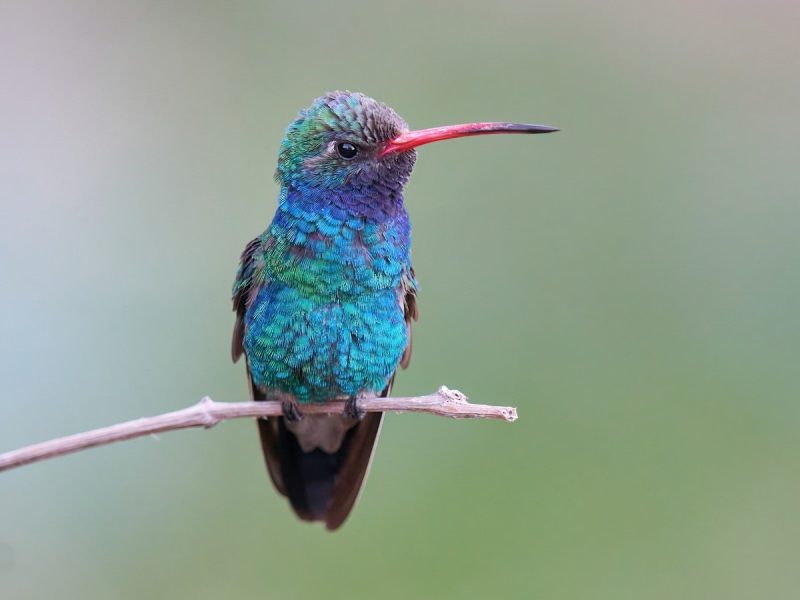
Broad-billed Hummingbirds are recognized by males’ bright turquoise-blue throat and deep red bill with a black tip, while females are more subdued with green backs and pale underparts. Their short, straight bills are adapted for feeding on flowers with wide openings.
This species measures about 3.25 to 3.5 inches in length, with a wingspan of 4 to 4.5 inches and weighing around 3.5 to 4 grams. Their flight is rapid and precise, allowing them to hover at flowers and chase intruders effectively.
Primarily found in the southwestern U.S. and Mexico, Broad-billed Hummingbirds are rare vagrants in Georgia. They prefer desert scrub, canyons, and gardens during migration. Their diet consists largely of nectar, supplemented by small insects for protein.
Fun fact: Broad-billed Hummingbirds are known for their vibrant iridescent plumage, which changes color in the sunlight. Spotting one in Georgia is considered exceptional and exciting for birdwatchers.
Green-breasted Mango
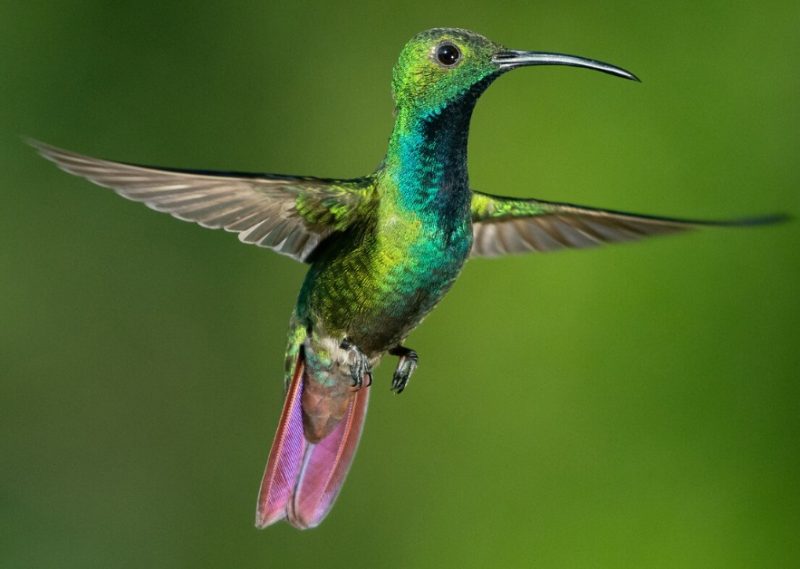
Green-breasted Mango is a tropical hummingbird species with a glossy green throat and chest, bronze-green back, and a slightly forked tail. Females are similar but slightly duller in color. Their long, curved bills are perfect for feeding from deep flowers.
They measure 4 to 4.5 inches in length, with a wingspan of approximately 5 inches, and weigh 5 to 6 grams. These hummingbirds exhibit strong, fast flight and can hover in place, making them efficient nectar feeders.
Although native to Central and South America, Green-breasted Mangos are occasional vagrants in Georgia, typically seen in botanical gardens or areas with exotic flowering plants. They feed primarily on nectar and sometimes consume small insects to supplement protein.
Fun fact: Green-breasted Mangos are unique for their long migrations from tropical regions, sometimes showing up far outside their usual range. Their striking coloration and graceful hovering make them stand out among local hummingbird species.
Green Violet-ear

The Green Violet-ear is a medium-sized hummingbird with shimmering green upperparts, violet ear patches, and a greenish belly. Females are slightly less vibrant but share the overall green coloration. Their moderately long, curved bills help them extract nectar from deep flowers.
They measure about 4 to 4.5 inches in length, with a wingspan near 5 inches, and weigh 5 to 6 grams. These hummingbirds are strong, rapid fliers capable of hovering and performing agile maneuvers in dense vegetation.
Primarily tropical in range, Green Violet-ears are extremely rare visitors to Georgia, usually sighted in specialized gardens or during unusual migration events. They feed mainly on nectar, occasionally supplementing with tiny insects.
Fun fact: Their name comes from the striking violet-colored patch near the ear, visible in bright light. Observing this hummingbird in Georgia is a rare and prized event for local birdwatchers.
Magnificent Hummingbird
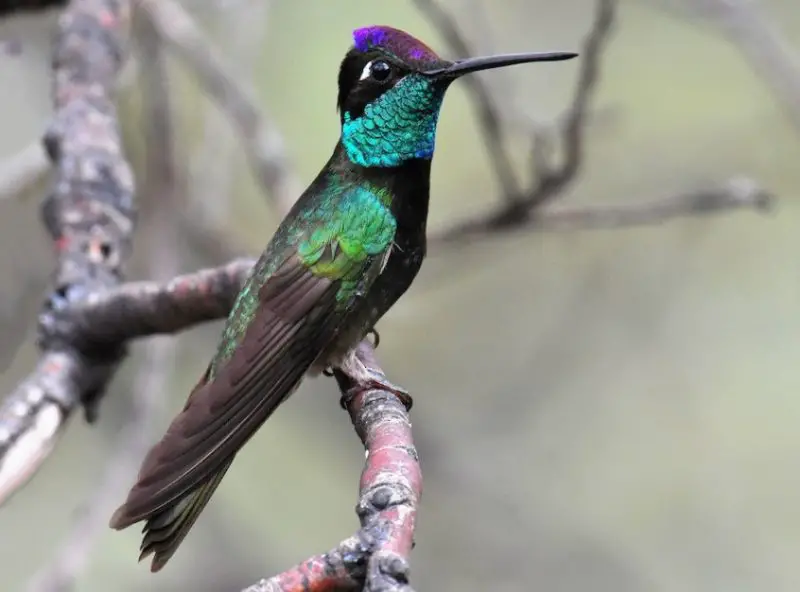
Magnificent Hummingbirds are large and dazzling, with males displaying emerald green backs and glittering purple throats, while females are slightly duller with green upperparts and pale underparts. Both sexes have long, straight bills suited for nectar feeding.
They typically measure 4.3 to 4.7 inches in length, with a wingspan of 5 inches and weigh around 5 to 6 grams. Their flight is swift and agile, allowing them to hover steadily and maneuver skillfully between flowers.
Native to Central and northern South America, they are rare vagrants in Georgia. When spotted, they frequent flowering gardens and feeders, feeding primarily on nectar while occasionally consuming small insects. Their presence in Georgia is often associated with unusual migration patterns.
Fun fact: Magnificent Hummingbirds are known for their spectacular courtship displays, where males perform high-speed dives and flash their colorful throat patches. Spotting one in Georgia is considered a remarkable treat due to their rarity and vivid plumage.
Best Time and Places to See Hummingbirds in Georgia
In Georgia, the majority of hummingbirds can be observed during spring and summer, roughly from March through September, with peak activity occurring in April, May, and June. This period coincides with the arrival of migrating species like Ruby-throated, Rufous, and Calliope Hummingbirds, as well as the breeding season for more common residents. Fall migration may also bring occasional sightings in September, though numbers tend to be lower.
The best locations to spot hummingbirds are gardens, parks, woodland edges, and areas with abundant flowering plants or feeders. Birdwatchers often have success in urban and suburban yards, botanical gardens, and nature preserves where nectar-rich flowers attract multiple species. Coastal plains, central Georgia, and northern regions with diverse floral resources offer particularly good opportunities for observing both common and rare migratory species.
For rarer or tropical visitors like Broad-billed, Green-breasted Mango, Green Violet-ear, and Magnificent Hummingbirds, sightings are exceptional and usually occur during peak migration in spring. These species are most likely seen in specialized gardens with exotic or brightly colored flowers that provide abundant nectar.
Using hummingbird feeders filled with sugar water can significantly increase your chances of seeing multiple species. Watching early in the morning or late afternoon is ideal, as these are the times when hummingbirds are most actively feeding and displaying their spectacular colors and aerial agility.
FAQs About Hummingbirds in Georgia
What species of hummingbirds can be found in Georgia?
Georgia hosts a variety of hummingbirds, including common species like the Ruby-throated Hummingbird, and rare visitors such as Rufous, Calliope, Broad-billed, Green-breasted Mango, Green Violet-ear, and Magnificent Hummingbirds. Most sightings occur during spring and summer migration.
When is the best time to see hummingbirds in Georgia?
The best time to observe hummingbirds is from March through September, with peak activity in April, May, and June. Some species may also be spotted during fall migration in September. Early morning and late afternoon are ideal for viewing.
Where are the best places to watch hummingbirds in Georgia?
Hummingbirds are commonly found in gardens, parks, woodland edges, and areas with flowering plants or feeders. Urban and suburban yards, botanical gardens, and nature preserves are particularly productive. Coastal plains, central Georgia, and northern regions are hotspots for both common and rare species.
What do hummingbirds in Georgia eat?
Hummingbirds primarily feed on nectar from flowers and feeders, but they also consume tiny insects and spiders for protein. Species like Ruby-throated, Rufous, and Allen’s Hummingbirds are known to aggressively defend rich feeding areas.
How can I attract hummingbirds to my garden?
Plant native, nectar-rich flowers such as trumpet creeper, bee balm, or salvia. You can also set up hummingbird feeders filled with sugar water (four parts water to one part sugar). Place feeders in sunny, sheltered areas and keep them clean to prevent mold and fermentation.
Are there rare or tropical hummingbirds that visit Georgia?
Yes, species like the Broad-billed, Green-breasted Mango, Green Violet-ear, and Magnificent Hummingbirds occasionally appear as vagrants, mostly during spring migration. Sightings are extremely rare and highly prized by birdwatchers.
Do hummingbirds migrate through Georgia?
Yes, most species in Georgia are migratory. For example, Ruby-throated Hummingbirds travel between the eastern U.S. and Central America, while rarer species like Rufous and Calliope pass through during spring and fall migrations.
What is a fun fact about hummingbirds in Georgia?
Many hummingbirds, especially males, are highly territorial, defending feeders and flower patches aggressively. The Ruby-throated Hummingbird can cross the Gulf of Mexico in a single nonstop flight, showcasing remarkable endurance despite its tiny size.

